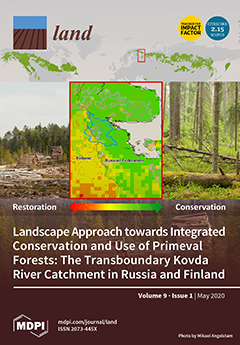Resource information
The high coupling coordination of urban land use benefits is a significant factor for urbanization and sustainable urban development. This study, based on the statistical data from 2002 to 2017 of Xiamen City, constructs an index system that includes social, economic, ecological, and environmental benefits by evaluating the overall coupling coordination degree of land use benefits, using the entropy weight method (EWM), the coupling coordination degree (CCD) model, and the dynamic coupling coordination degree (DCCD) model. The results show that the coupling degree of Xiamen City’s land use is relatively low, while showing a positive trend of development. In terms of the management of land use, the market should play a major role to achieve more efficient land use and promote industrial upgrading. The government should take responsibility for supplying infrastructure, perfecting related laws and regulations, intervening the land use according to the law of markets, and expanding the investment in education, as well as science and technology.


